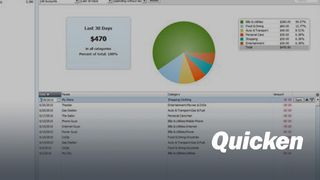

“Generally speaking, if someone can save between 20-30% of the cost of their new home, then they would be approaching the purchase with a healthy financial outlook and be well-prepared to take on the responsibility of homeownership.”ĭon’t forget about the other costs that come into play, too. “Realistically, if it’s possible, the higher the down payment or savings prior to purchase, the better,” adds Dr. So, if your budget would struggle under the weight of these extra costs, spending longer saving for a larger down payment at the outset may make more sense. And, when you consider the higher interest rates that are inevitable with a smaller down payment, it’s easy to see how costs can escalate. Tuyo said, so this will always need factoring into any calculation. “Essentially, private mortgage insurance is an additional cost that may increase your monthly payments,” Dr. “You can buy a home with as little as 3.5% down, but you’ll be paying much more in interest overall.” “A 20% down payment will get you the most favorable mortgage rates and eliminate the need to pay for private mortgage insurance (PMI),” explains David Weliver, Founder at Money Under 30 (opens in new tab).

Ideally, you want to aim for a minimum of 20% of the purchase price. This means looking at the current market to get a ballpark figure of house prices in your area, and from there, working out how much you'll need to save. You'll need a sufficient down payment to ensure you're getting the lowest mortgage rates. Your first step is knowing what your end goal is – i.e., how much you're going to need to set aside to afford the house of your dreams. How much should I save for a down payment? All of this will help you on your journey to homeownership. There are small steps you can take to start building your savings pot and boosting your knowledge, so here, we take a look at how to save money for a house and prepare for taking that first step on the ladder.


 0 kommentar(er)
0 kommentar(er)
